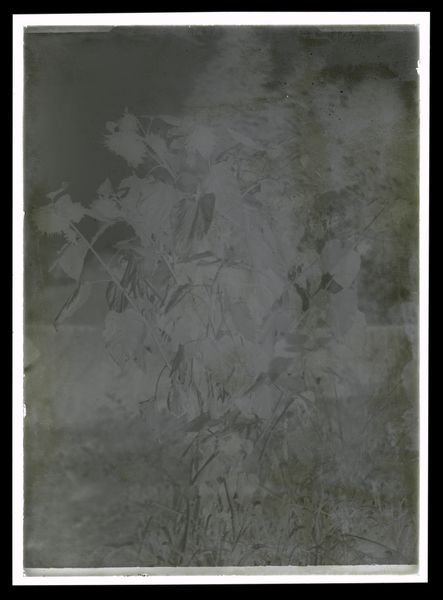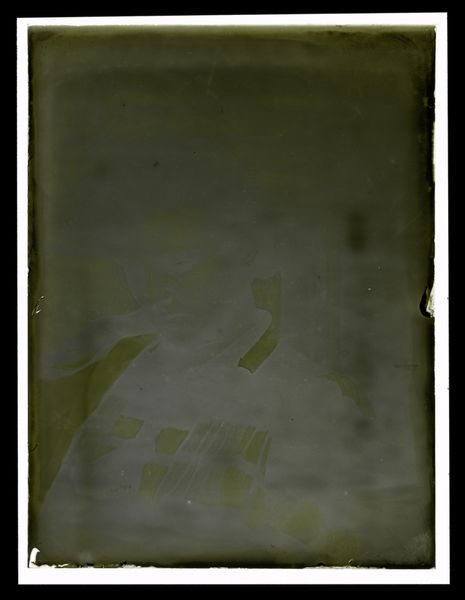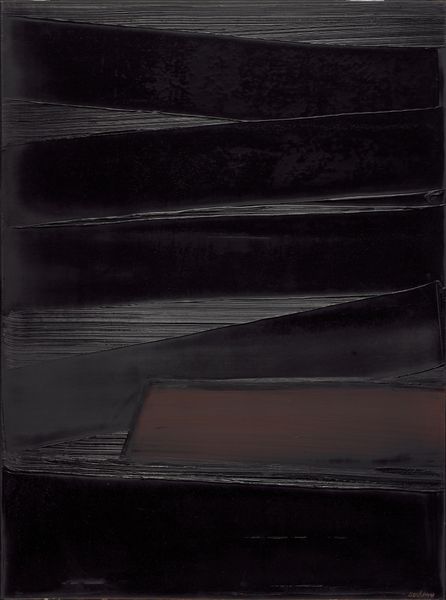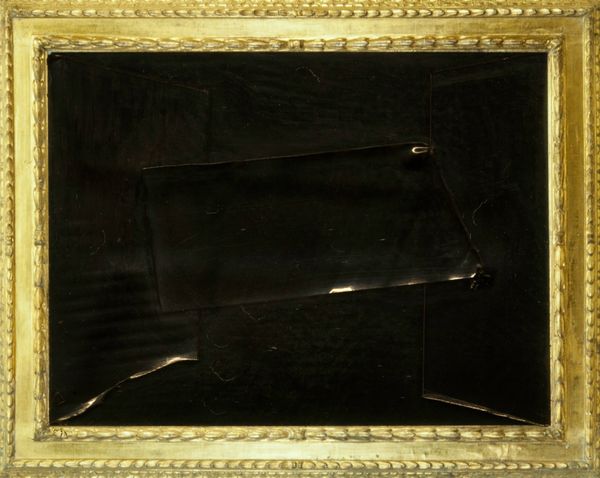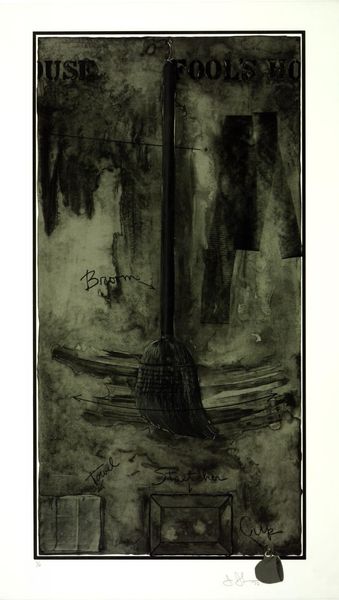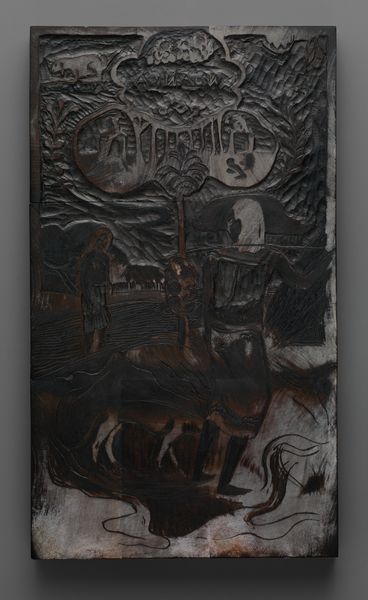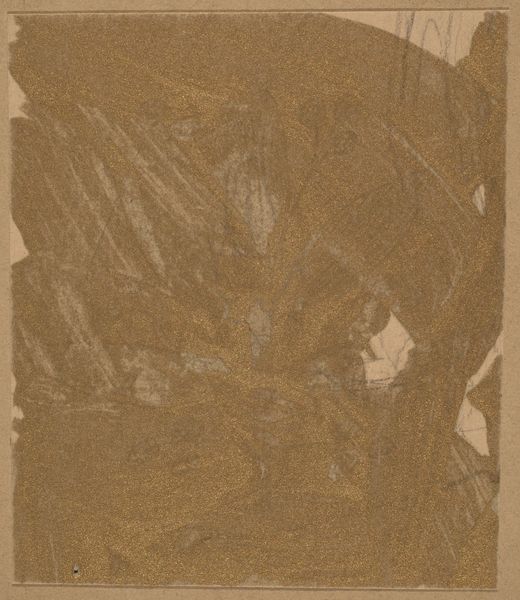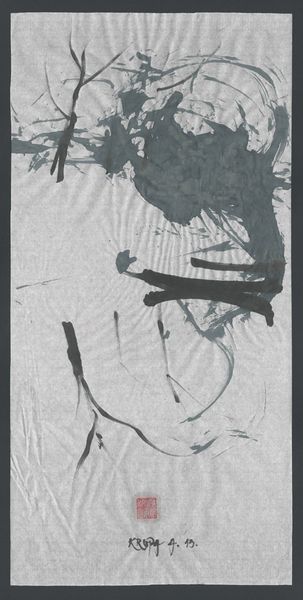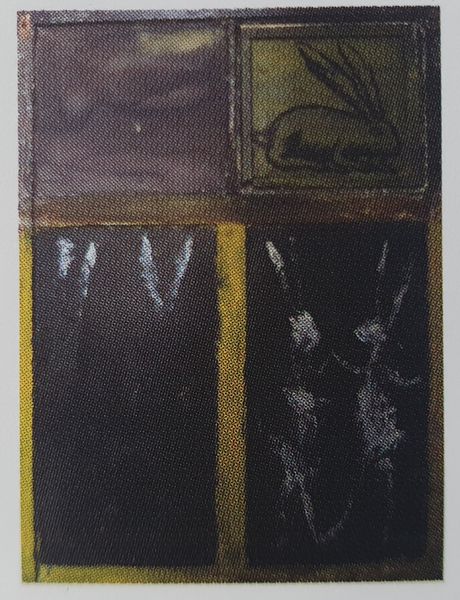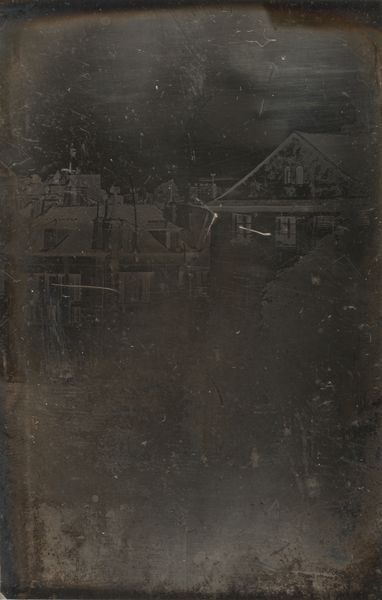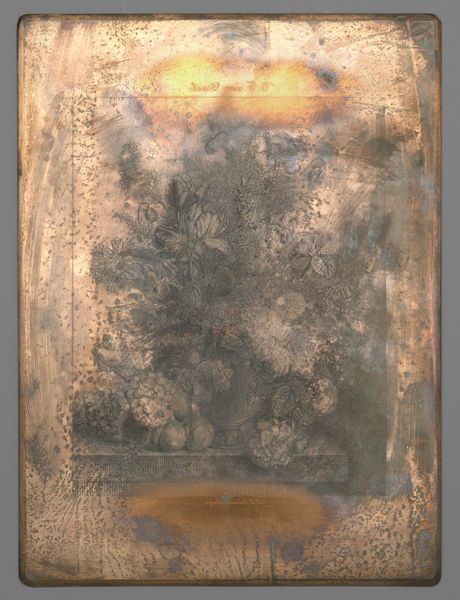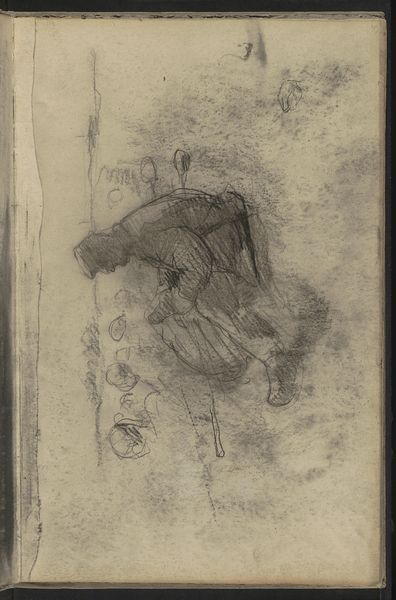
Lakalbum voor kabinetfoto's en cartes de visite, in het voorplat een foto van drie Aziatische mensen in riksja's c. 1884 - 1920
0:00
0:00
photography, albumen-print
#
portrait
#
asian-art
#
landscape
#
paper texture
#
photography
#
dark composition
#
intimism
#
orientalism
#
genre-painting
#
albumen-print
Dimensions: depth 320 mm, width 415 mm, width 805 mm, thickness 70 mm
Copyright: Rijks Museum: Open Domain
Editor: This photograph, dating from between 1884 and 1920, is mounted in an album cover titled "Lakalbum voor kabinetfoto's en cartes de visite." It depicts three rickshaws, each carrying what appear to be Asian passengers. There is something almost dreamlike about the sepia tones. How do we unpack the socio-political elements at play here? Curator: That dreaminess you’re sensing might stem from the orientalist lens through which many Westerners viewed Asia at this time. These images weren't just neutral depictions; they were carefully curated to fit pre-conceived notions. Given that this image was intended for a photo album, how does its role as a collector's item shape our understanding? Editor: That's interesting. I hadn't considered the "collector's item" angle. Does that mean it served more as a symbol of status or perhaps a memento of travel and adventure? Curator: Exactly. These albums often acted as visual trophies, reinforcing the power dynamics of colonialism. The act of possessing and displaying these images solidified a sense of Western dominance. Consider how the seemingly innocent subject matter, like rickshaws, were laden with socio-economic implications, highlighting class disparities and labor exploitation. Does that add layers to your interpretation? Editor: Definitely. So, what at first glance seems like a quaint scene is actually a complex reflection of colonial power? How was photography used to solidify this image, especially through the album? Curator: Precisely! The photograph provided seemingly "objective" evidence to support biased narratives. Albums allowed viewers to curate and control their version of "reality," creating an archive perpetuating certain ideological viewpoints. Do you now find yourself reassessing its initial appeal? Editor: Absolutely. What began as an intimate portrayal now seems charged with social commentary and implicit biases. It is so wild that you can find colonial undertones and meanings into these genre-painting photography albums. Curator: Exactly, recognizing those biases and underlying narratives transforms how we understand this image.
Comments
No comments
Be the first to comment and join the conversation on the ultimate creative platform.
